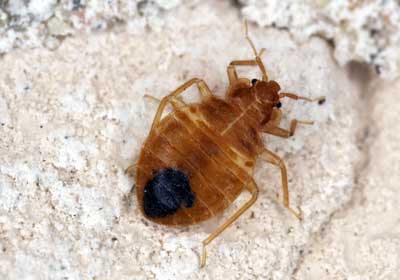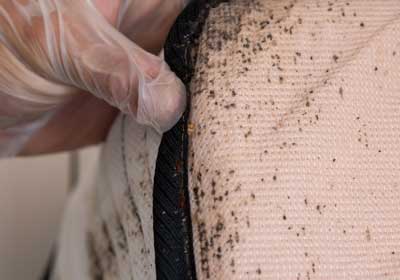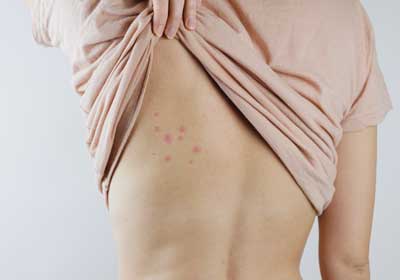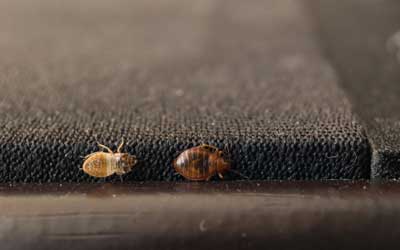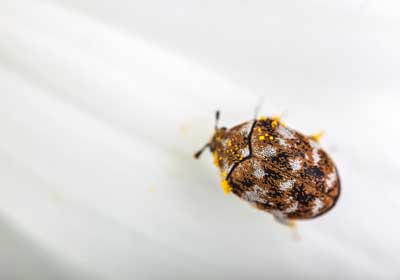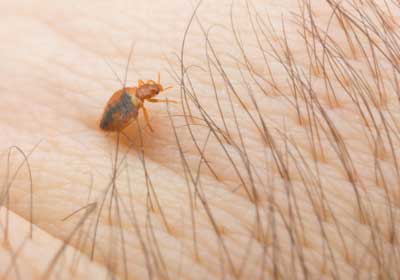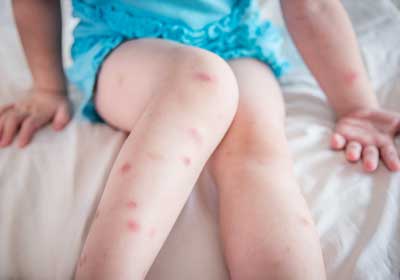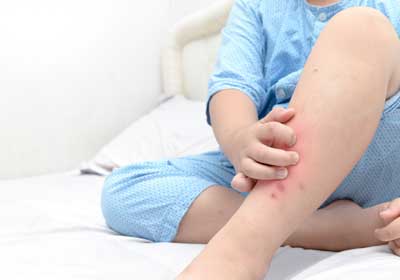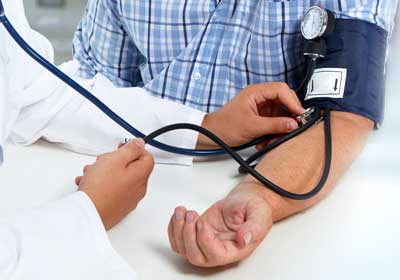Bed Bug Identification
- How to treat bed bug bites
- What helps bed bug bites?
- How to get rid of bed bugs in Iowa
- Does baking soda kill bed bugs?
- Do it yourself bed bug treatment
- Does washing bedding and clothing in high heat kill bed bugs?
- Do I have to throw out food after a bed bug infestation?
- Do I have to throw out my bed bug infested mattress?
- How do you get rid of bed bugs in your carpet?
- How do I prepare for bed bug treatment in Iowa?
- How to prevent bed bugs in Iowa
- How to prevent bed bugs in an apartment
- How to prevent bed bugs in dorm rooms
- Can I prevent bed bugs naturally?
- Can I prevent bed bugs when purchasing used furniture?
- How to prevent bringing bed bugs into your home
- Can pets spread bed bugs?
- How to prevent bed bugs from spreading in Iowa
- Does anything keep bed bugs away?
- Who’s at risk of getting bed bugs in Iowa?
Bed bugs are reddish-brown in color, oval-shaped, and only about the size of an apple seed. Their bodies redden and expand after a blood meal. Bed bug eggs are white, oblong, and about 1 mm long.
Bed bugs can be found all over your home in places like mattresses, upholstered furniture, baseboards, power outlets, and cracks and crevices in your wall. Learn more places to look for them here!
Some signs that you have a bed bug problem include finding small red or brown spots on your bedding, noticing a new foul, musty odor, or finding itchy, red bite marks on your skin in the morning.
Bed bugs move around by hitching rides on things that we carry around. They often find their way into new homes by traveling on used furniture. They can latch onto suitcases, purses, and other kinds of bags.
Carpet beetles and bed bugs are told apart from each other the easiest by the way that their larvae look. Carpet beetle larvae are more fuzzy and stout, while bed bug larvae look like tiny worms.
Bed bugs bite their hosts to feed on their blood. They usually bite at night or whenever their victim regularly rests. Bites are not painful in the moment, but they usually result in itchy, red bumps on your skin after a few hours.
Bed bug bites are often mistaken for other kinds of bug bites. You can identify bed bug bites by their dense, red center surrounded by a lighter, swollen bump. Although rare, welts and rashes can form at the site of the bite.
Bed bug bites are one of the itchiest types of bug bites. As is the case with many kinds of bites, it’s crucial to refrain from itching. This will only lengthen the healing process or worsen your symptoms.
Bed bugs are definitely a nuisance pest, but they aren’t generally regarded as dangerous. They do not transmit diseases through their bites or cause any structural damage to properties.
Unlike what we’ve found about many different biting pests, bed bugs have not been seen to transmit disease. However, they are able to harbor many kinds of disease organisms on their bodies.

